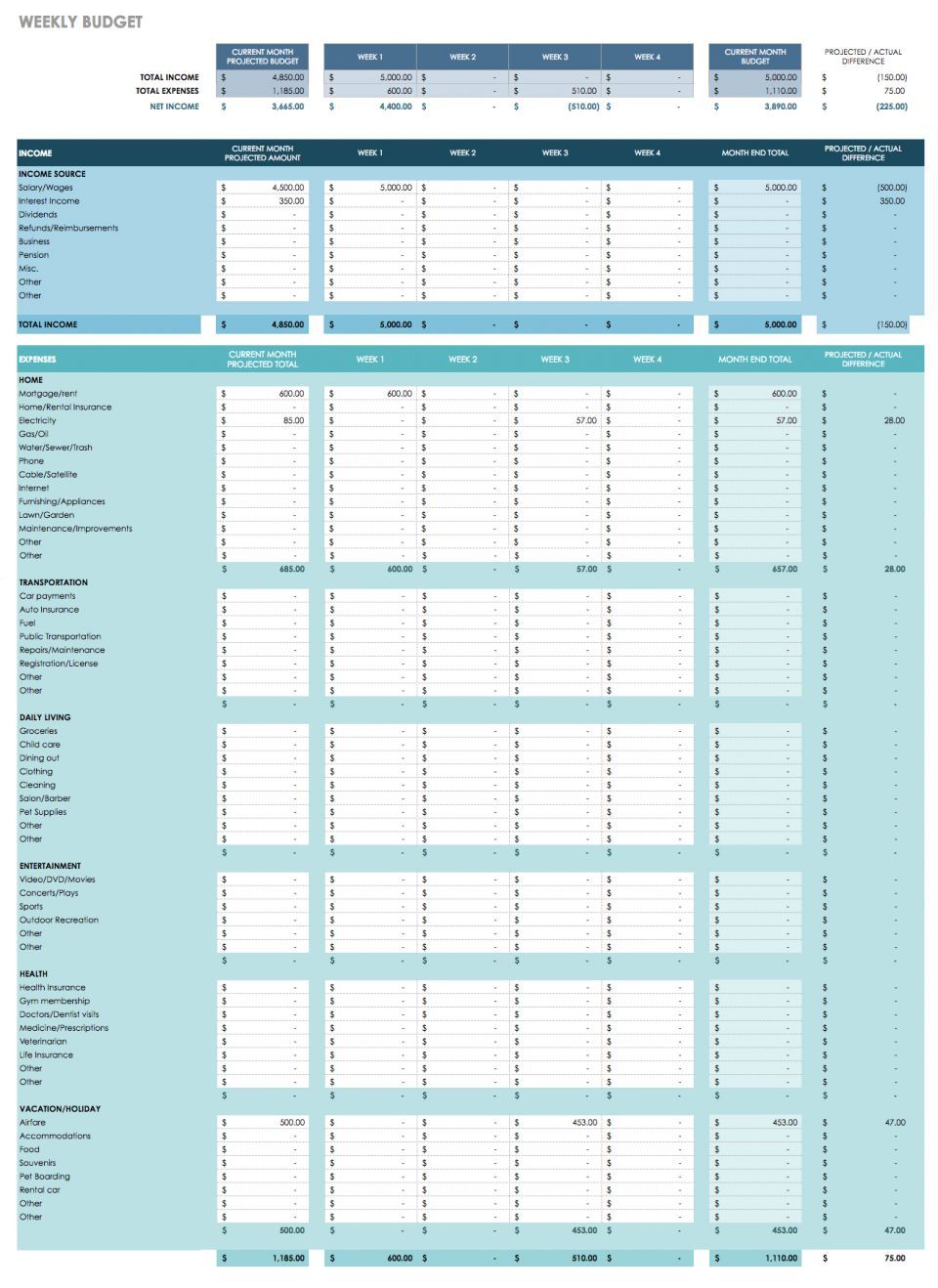

There's a text report that provides greater detail and dollar amounts, etc. Now I can create graphs and reports with subtotals based on these Goals, like so: In this case the security trades on Toronto Stock Exchange but it's actually a REIT so I set the Goal accordingly. When I set up a security, I can assign a Goal, er, "asset class" from my list in addition to one of the standard "canned" Quicken asset class, like so: Note the New, Edit and Delete that let me customize the list to include my "asset classes" as goals. In any case, let me elaborate on what I do in case someone else wants to try this at home. Fortunately, all but one of my funds is "pure." Obviously that's not your situation so this technique may not provide what you need. It doesn't support securities that are comprised of a mixture of asset classes. The technique I described upthread is a hack or workaround. In short, just as I alluded to in an earlier post, this S/W's right hand does not know what the left hand is doing.įortunately, for tracking AA, there are real tools like M* Xray.ĭRiP Guy wrote:Well, I was not too successful, using Quicken US 2007 ver R 4. Nor do I look to be able to put in whether the asset "Fund Category" (Quicken's term) is 'growth' or 'value', even thought that very information is right on screen, in the "category" field, underneath the graph for "Actual Asset Allocation." This attribute is not tracked in any of the outputs, so I can't get information on how much of my portfolio is 'growth' and how much is 'value'.

Or 'futures' or 'commodities', 'real estate', 'micro cap', 'natural resources' or any other. Using "Edit Security Details" I can manually change the downloaded asset class information into any combination of of the following 'buckets':īut that does not help much, given that I can't apparently designate a "Midcap" category of my own. Starting with an example existing MidCap fund, it currently splits that fund's asset class into 55% small, 45% large. Well, I was not too successful, using Quicken US 2007 ver R 4.


 0 kommentar(er)
0 kommentar(er)
